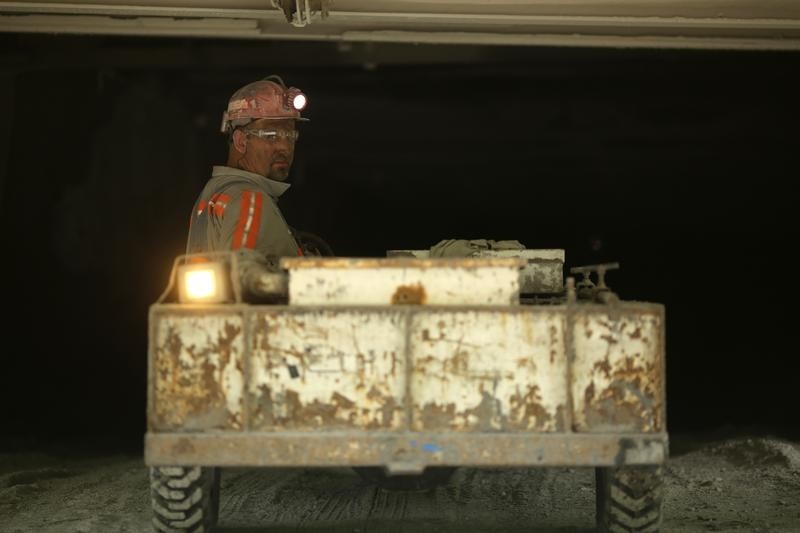The shear zone is a geological enigma, a testament to the dynamic and ever-changing nature of the Earth's crust. These zones are areas of intense deformation, where the rock has been subjected to forces that have stretched, compressed, and shifted it, often over vast periods of geological time. The result is a tapestry of approximately parallel faults and fractures through which geologists can read the history of the Earth's tectonic movements.
Imagine the Earth's crust as a colossal jigsaw puzzle. Shear zones are like the seams along which pieces of the puzzle have been forced to slide past each other. These zones can range from mere centimeters to several kilometers in width and can extend horizontally for hundreds, even thousands, of kilometers. They are the hidden highways of the subterranean world, guiding the movement of the crust as it responds to the relentless shifting of tectonic plates.
Stress and strain
The formation of a shear zone is a story of stress and strain. The Earth's lithosphere is under constant tension from tectonic forces. When the stress exceeds the strength of the rock, it fractures and slips along fault lines. In a shear zone, this process occurs repeatedly, creating a network of faults that can be closely spaced, with the area between them pulverized and altered by the grinding motion of the rock masses.
These zones are not just random fractures; they are orchestrated by the very laws of physics and chemistry that govern our planet. The movement along a shear zone can be brittle, where the rock breaks and creates faults, or ductile, where the rock bends and flows, altering its shape without fracturing. The conditions under which the zone forms—such as temperature, pressure, and rock type—determine its characteristics. High pressures and temperatures, often found at greater depths, promote ductile behavior, resulting in smooth, flowing patterns in the rock. At shallower depths, where conditions are cooler and less pressurized, the movement is more likely to be brittle, resulting in sharper, more discrete faulting.
Profound interest
Shear zones are of profound interest not only to geologists but also to those in the mining and petroleum industries. These zones can act as conduits for fluids, concentrating valuable minerals and hydrocarbons. The repeated fracturing and alteration of rocks within these zones can create pathways for mineral-rich fluids to migrate and deposit ores, making shear zones prime targets for mineral exploration. In the realm of oil and gas, these zones can influence the migration and trapping of hydrocarbons, thus impacting exploration and production strategies.
The study of shear zones also has implications for understanding seismic activity. The faults within these zones can accumulate stress over time, which may eventually be released in the form of earthquakes. Thus, identifying and analyzing shear zones is crucial for assessing seismic risk, particularly in regions where these zones intersect with populated areas.
Shear zones are a record of the Earth's past and a key to predicting its future. They are a chronicle of the immense forces that have shaped our planet, a narrative written in stone that geologists and scientists strive to decipher. As explorers of this hidden realm, we gain not only insights into the formation of landscapes, mineral deposits, and potential seismic hazards but also a humbling appreciation for the dynamic and ever-evolving planet we call home.
